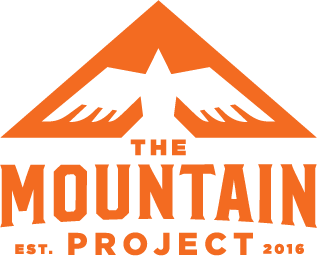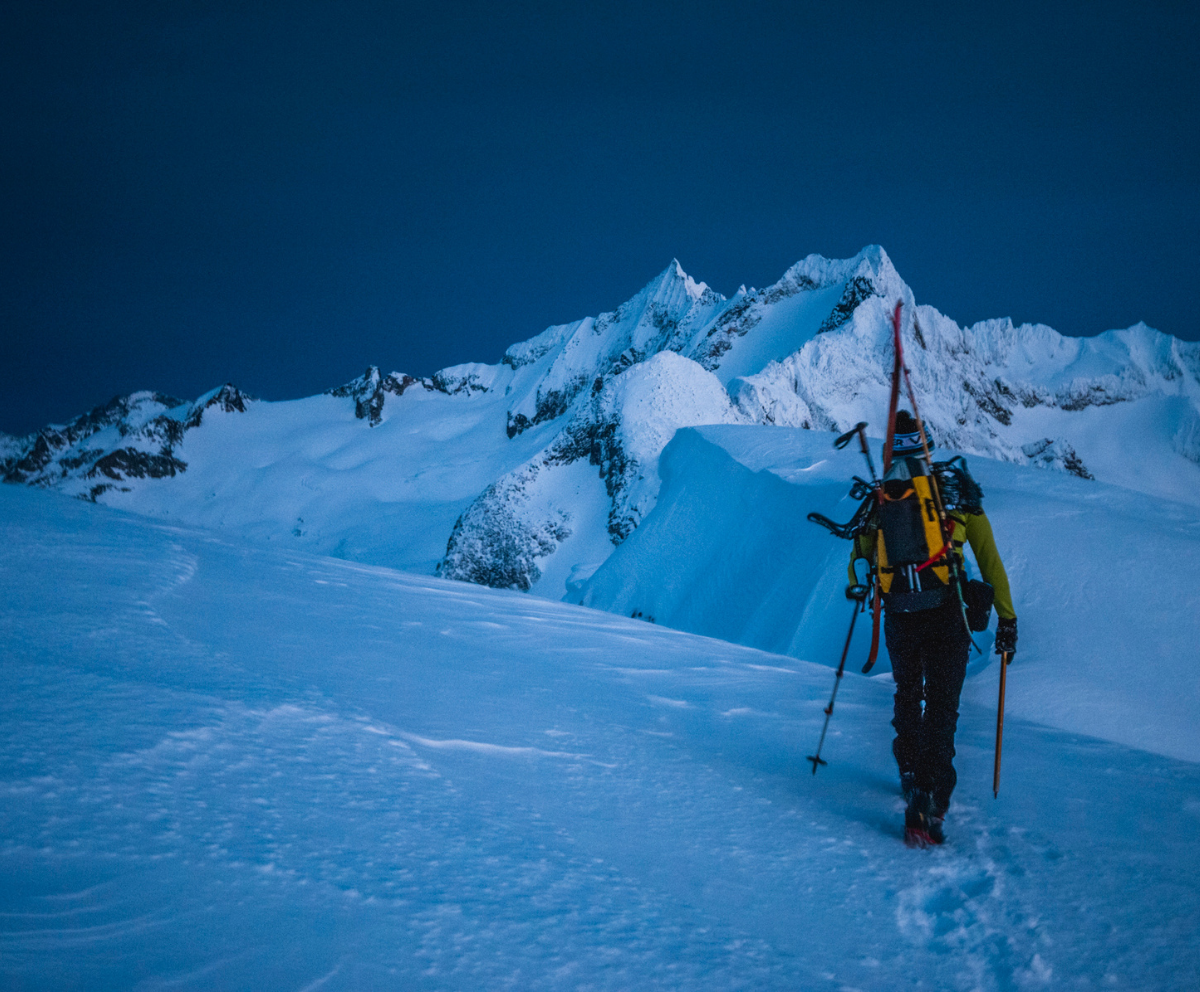Can skiing help you get ready for trail running season?
“How well does winter ski mountaineering and nordic skiing transfer over as base training for upcoming spring running and race season?"
Asks Tara, a Train Anywhere athlete who is an avid winter skier.
The short answer is: Winter human-powered skiing (not riding lifts) is superb cross training and preparation for spring running/racing.
How do you effectively use winter skiing as preparation for running? Any kind of human-powered skiing--ski mountaineering, split boarding, skate skiing, classic skiing--provides three benefits if used correctly in training (and allows you to still have lots of fun skiing!).
Consciously use skiing to build your aerobic engine and boost your aerobic threshold.
Spend lots of timing skiing uphill, or nordic on the corduroy, in Zone 2 Heart Rate (HR). Winter is the time to build your aerobic base when you’re 4-6 months out from your goal summer events/efforts. Remember, Zone 2 HR means Zone 2 HR! Keep your breathing so that you can easily hold conversations with your partners. Or wear a HR monitor!
This is what most people botch; they always exercise with a slightly elevated HR and are in Zone 3, even though they think or tell themselves they’re in Zone 2. Keep it easy! And, keep it easy for 80-90% of the time you train while skiing (on a weekly basis).
This is what most people botch;
they always exercise with a slightly
elevated HR & are in Zone 3…
You can also do interval training on skis too! Skiing is a great cross training style to hammer some winter intervals sessions to develop your upper-end anaerobic threshold. Just remember, this should only be 1-2 shorter training sessions each week max, and the rest of the time you should be in Zone 2.
Skiing in winter gives your body a rest from the continual pounding and impact of running season.
Skiing is awesome because it is no-impact (as opposed to running, so you can develop a deep aerobic base while recovering more effectively from the training. You give your body and muscle fibers a break from the eccentric loading and stress of mountain running (or road running). I personally find it allows my body to rest a bit, but still develop my aerobic capacity.
Skiing (especially uphill) builds leg strength, power, and muscle stamina, essential to summer mountain running.
Of note, this development of leg strength and power certainly helps transfer over to any type of running, but I do feel it is most transferable to mountain running. Those event's where you are spending most of your time on feet running (or steep hiking) up longer hills, and running downhill. This type of ski training has less direct cross-over to flatter/faster running events.
Again, focus on the Zone 2 HR uphill skiing, and nordic skiing, to develop that leg strength and stamina. Use the hard interval sessions to develop leg power!
There are some limitations of ski mountaineering and nordic skiing as effective base building for running.
Skiing will not make you a faster runner. Running will make you a faster runner. Uphill skiing and nordic skiing builds leg strength, stamina, and power–the climbing muscles that are advantageous for mountain running.
Skiing will not make you a faster runner.
Running will make you a faster runner.
Leg speed and efficiency, while maintaining a lower heart rate (the goal for endurance runners), comes from running training, not crawling uphill on your touring skis, nor from hammering kilometers on your skate skis. In fact, many athletes that spend all winter skiing, and feel incredibly fit from doing so, come into the spring running season feeling relatively "flat" and clunky for a few weeks.
This is not because they are out of shape, rather only because their body is attuned to different movement patterns with no impact. So, expect to come off a big ski season fit (aerobically, and likely anaerobically), but not feeling like a runner. This is no big deal.
To help you enter the spring running season feeling more prepared and less a gorilla-legged skier, I recommend you keep running, a little during winter. If you are skiing very often (4-7 days a week), it's fine to take 4-6 weeks off where you do not run a single step.
However, if you have some early spring running goals on the calendar, you should start sprinkling in a little weekly running at some point during the season. Start by adding one day a week of easy/flatter running (30-60 minutes), to remind your body of what it feels like to run, and reintroduce your system to the impacts of running.
Depending upon when your first race is in the spring, I would then begin to run 2-3 days a week in late winter, for anywhere from 45-90 minutes, to again ease your body back into running. You can incorporate shorter strides into those runs 1-2x a week, to retrain your body for what it feels like to run at a faster tempo.
For mountain runners, it's time to start adding some uphill and downhill running (especially) to get the eccentric muscles firing again. Remember how sore your quads are after those first downhill runs of the season? Ease back into this, rather than shocking the system for no real fitness gains.
Last thing: Skiing in winter is a wonderful mental break from running.
This alone can help you return to spring running mentally rejuvenated and excited about the running season ahead!
Got questions? Email me.
Photos by Steve Gnam


